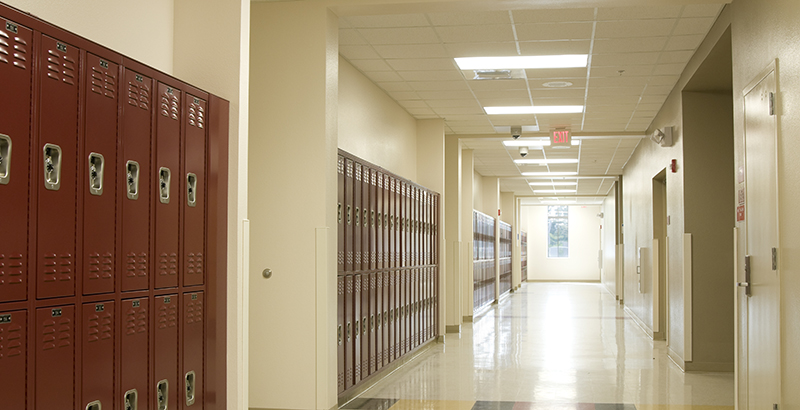Analysis: In Rethinking the Role of High School, One New York District Shows the Way to Becoming Future-Ready

From Sir Ken Robinson, films like Most Likely to Succeed, and campaigns like XQ Super Schools Project, we are constantly reminded of the need to change our schools from the model developed during the industrial era. Back then, we focused on developing a large workforce with common basic skills to prepare students for factory work. Our needs are so different today — yet our schools have not been updated.
While this is true and obvious, we can’t just think about fixing one grade level or making minor tweaks. It’s not only about pre-kindergarten or full-day kindergarten. Expecting all teachers to suddenly be highly effective is not realistic, and neither is throwing high school students into project-based activities without addressing their struggles with basic learning skills and social-emotional maturity.
Today’s school system results in three general patterns of high school graduates: 1) students who peak in high school and live off the social capital they created as students, often not attending college, failing out, or coasting; 2) students who finish high school, go to college, and then establish a career that’s either unfulfilling or doesn’t have longevity in today’s shifting workforce; and 3) students who are far more ready to contribute to society in meaningful ways with or without college, whose motivation and ideas come from somewhere else, and while the system may nurture them, it is not always the reason for their success.
We need to design high schools for each of these students, but the best high schools are ones where students go as far as they can and then, rather than peaking, go beyond.
One district is systematically thinking about the journey students take from pre-K to 12th grade in order to best prepare all of them for college and career, starting with kindergarten.
The Enlarged City School District of Middletown, New York, has built a very tight instructional program, starting with two-year kindergarten and running through grade 12, that provides personalized instruction and interventions — as well as significant college course experiences during high school — to dramatically increase the graduation and college-entry rates for its high-poverty, minority students. Currently, over 65 percent of graduates go on to college, and over one-third of them graduate from high school with college credits. But that might not be enough for Middletown’s future graduates to survive in a highly competitive and increasingly technological environment.
Superintendent Ken Eastwood sees the boundaries of high school, college, and career increasingly overlapping as real-time information systems, access to on-demand learning, and workplace skills evolve. High school graduates will require not just academic competencies and habits for lifelong learning, but what he identifies as “consequential future skills.” Graduates need to be problem-solvers, to be able to transfer knowledge from one domain to another, to be good at analyzing information and applying it in new ways, and to work well with others. Information is no longer currency, nor is learning one skill enough. Instead, students need to know how to use information, and how to constantly learn.
Eastwood has put considerable resources into the instructional models and into teacher training centered on the types of practices teachers use with students, including allowing for a high degree of choice, collaboration to solve real-world problems, and frequent opportunities for reflection and feedback. He also focused on renovating the high school to erase the look and feel of poverty and rethink how teachers and students use time and space. Working in collaborative groups on projects, problems, and possible solutions develops the gritty mindset to develop the “consequential future skills” needed to survive and make (a)vocational adjustments and/or changes in the workplace.
That is being future-ready.
It would be reckless for us to continue to believe that workforce demands and technological advances will not evolve and that, as a result, we just need to wait them out. As Nokia was being acquired by Microsoft in essentially a fire sale, Nokia’s CEO ended his speech saying, “We didn’t do anything wrong, but somehow, we lost.” We don’t want to be in the position of having to say the same about our schools. We must find ways for students to win in life. We have a responsibility as productive citizens to rethink the role of high school, to include opportunities for social-emotional learning and culturally relevant education. High schools must prepare students across a broad field of subjects, integrate the use of technology, develop their collaboration skills, and engage them in the process of lifelong learning.
Get stories like these delivered straight to your inbox. Sign up for The 74 Newsletter

;)